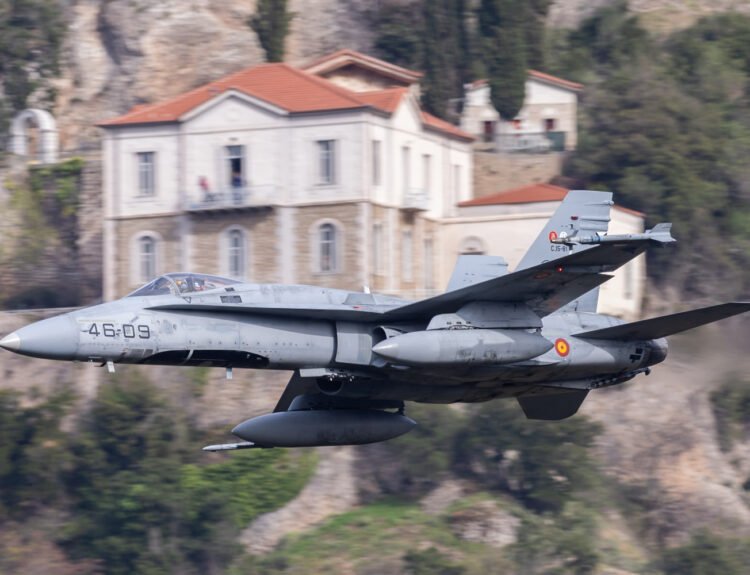Kish Island, Iran – Despite its modest scale and limited international presence, the Iran Airshow remains one of the very few opportunities for defense observers to directly assess the status of Iran’s combat aviation fleet. This year’s event, held near the strategic Strait of Hormuz, offered a familiar mix of Cold War-era aircraft alongside locally produced upgrades and munitions.

Access for visiting media was predictably difficult. Despite prior accreditation and planned positions, on-site coordination challenges prevented our team from reaching key photo areas during several flight operations. As a result, we missed the opportunity to capture the rare sight of an F-14 Tomcat landing in optimal evening light — a shot many aviation photographers had been hoping for. This reflects ongoing organizational shortcomings that persistently affect the event.

Among the displays, the presence of F-14A Tomcats stood out. Iran remains the only operator of the F-14 in the world, with a handful believed to remain flyable. Originally delivered by the United States before the 1979 revolution, these jets have survived through decades of sanctions and embargoes. Iranian technicians converted them into operational status via indigenous modifications and locally produced components. The most recent airshow featured an F-14 with the indigenous Fakour-90 air-to-air missile, reportedly based on the AIM-54 Phoenix. While intended to showcase sustained deterrent capability, the absence of modern avionics and data links significantly limits its operational effectiveness in contemporary air combat scenarios.

Also noteworthy are the F-4E Phantom II fighter-bombers that remain in service. Once a staple of Cold War air forces worldwide, Iran’s Phantoms have received selective domestic upgrades, including new avionics and guided munitions integration. However, by modern standards, their utility is largely limited to permissive environments and counterinsurgency missions.

In summary, the Iran Airshow presents a combat air fleet still heavily reliant on legacy Cold War-era platforms extended well beyond their intended service lives. While Iran’s resourcefulness in sustaining these aircraft under embargo remains notable, the widening technological gap with neighboring air forces, many of which now operate advanced fourth- and fifth-generation fighters, continues to grow. For defense analysts, the displays offer less evidence of credible combat capability and more of a symbolic projection of resilience and defiance amid long-standing isolation.








